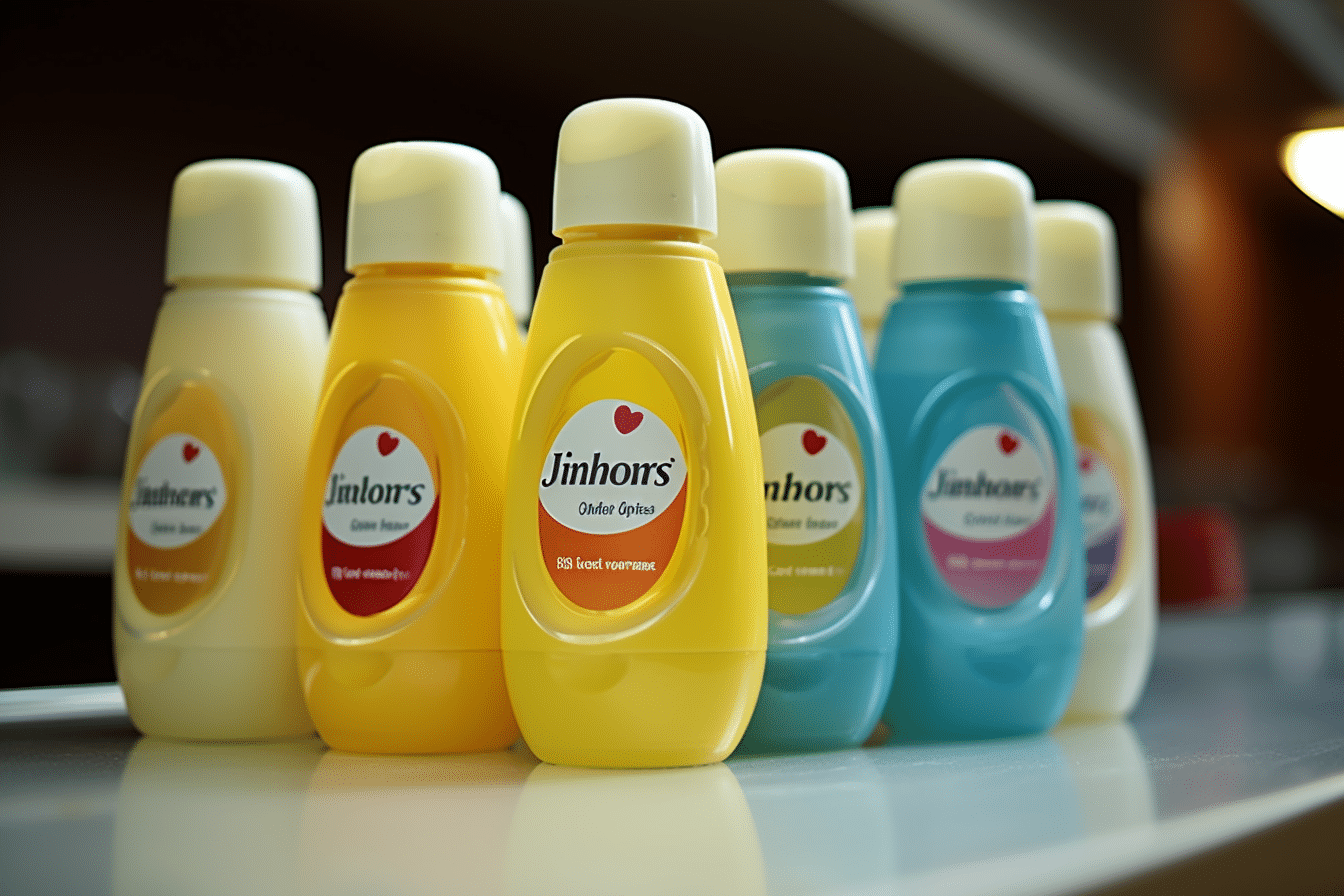
Amidst unprecedented company changes, Johnson & Johnson (J&J) unveiled quarterly results on Tuesday that exceeded Wall Street’s anticipations. Following its separation from the consumer health spinoff Kenvue in August—a monumental move in J&J’s 137-year history—the company has witnessed significant surges in its pharmaceutical and medical devices sales.
After the August split, the pharmaceutical powerhouse initially lowered its full-year guidance. However, in a recent twist, the company has revised this outlook upwards. J&J now predicts sales for 2023 to fall between $83.6 billion and $84 billion, a slight increase from its prior forecast. Furthermore, the company disclosed a one-time, non-cash gain of $21 billion due to the Kenvue split.
Comparing J&J’s third-quarter report with Wall Street’s expectations, the earnings per share stood at $2.66 (adjusted), surpassing the anticipated $2.52. Revenues also outperformed expectations with a reported $21.35 billion against the projected $21.04 billion.
Despite these impressive figures, J&J shares experienced a modest morning trading increase of less than 1%. Overall, the company’s shares have seen an approximate 11% drop this year, placing J&J’s market valuation at an estimated $379 billion.
Highlighting the company’s performance, it was observed that J&J’s sales for the quarter rose by 6.8% year over year. Notably, pharmaceutical sales, excluding its less popular Covid vaccine, reached an impressive $13.85 billion.
Contributors to this surge included sales of Darzalex (a multiple myeloma treatment), Erleada (a prostate cancer treatment), and other oncology treatments. Additionally, J&J’s flagship drug, Stelara, which is poised to lose its patent protection soon, also drives growth.
However, it wasn’t all positive news. J&J noted a decline in sales for its prostate cancer drug, Zytiga, and its blood cancer drug, Imbruvica. Moreover, the company’s COVID-19 vaccine did not add significant U.S. sales this quarter, with international sales amounting to $41 million. Commenting on this, J&J CFO Joseph Wolk stated on CNBC’s “Squawk Box,” “Our success was never dependent on the Covid vaccine.”
In medical devices, sales amounted to nearly $7.46 billion, a 10% increase from the previous year but slightly below Wall Street’s expectations. The acquisition of Abiomed, a cardiovascular medical technology firm, last December bolstered this growth.
Yet, the company’s growth has not been devoid of challenges. J&J faces numerous lawsuits alleging that its talc-based products, including its famous baby powder, were tainted with carcinogenic asbestos, leading to ovarian cancer and multiple fatalities. Although these products now fall under Kenvue’s domain, J&J will bear any talc-related liabilities in the U.S. and Canada.
Furthermore, there’s visible friction as J&J embarks on price negotiations with the federal Medicare program for its drug Xarelto. Despite complying with the negotiation process following the 2022 Inflation Reduction Act, Wolk remains skeptical, saying, “We continue to believe the IRA’s price-setting provisions are damaging to innovation.”
J&J’s recent financial revelations offer a mixed bag of triumphs and challenges. While its pharmaceutical and medical device sectors thrive, it also grapples with potential liabilities and contentious price negotiations. As the company continues its journey in a post-Kenvue era, stakeholders, investors, and consumers will closely monitor its trajectory.
